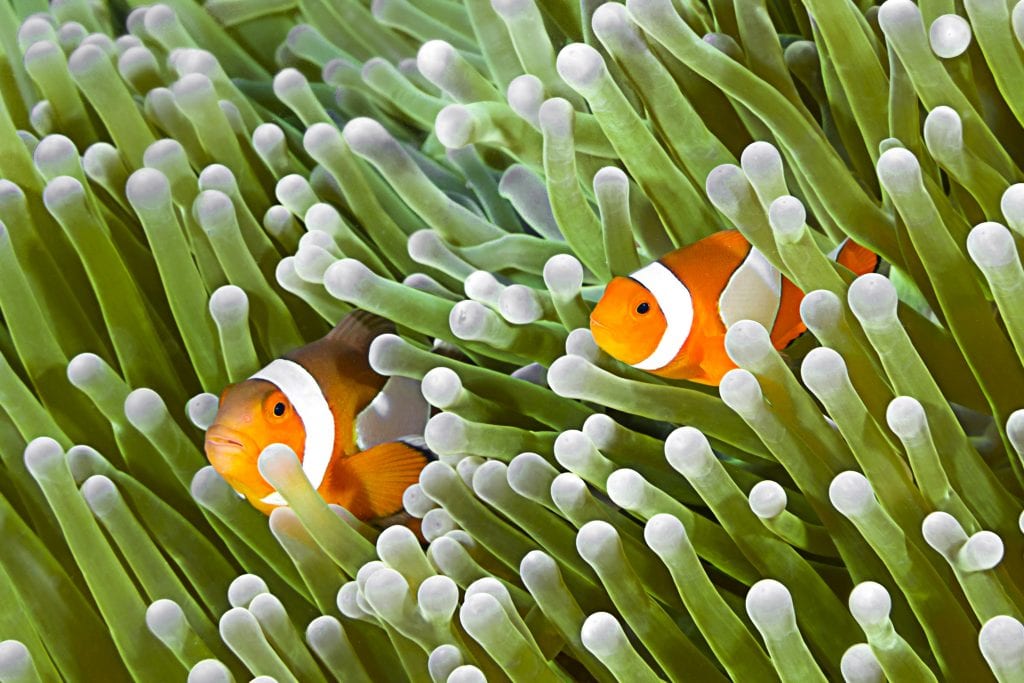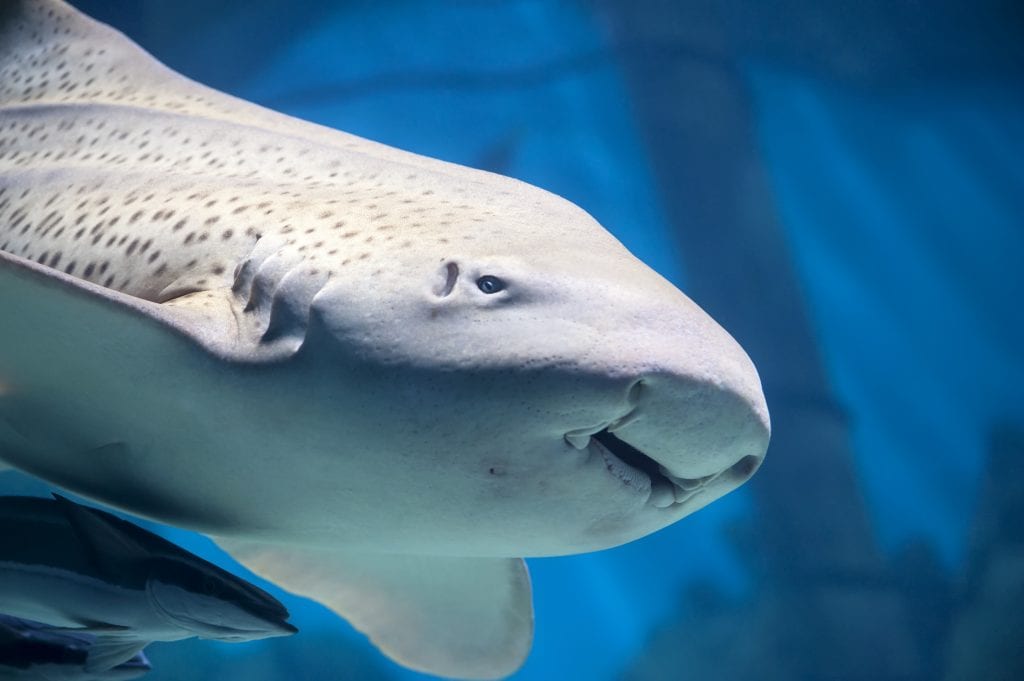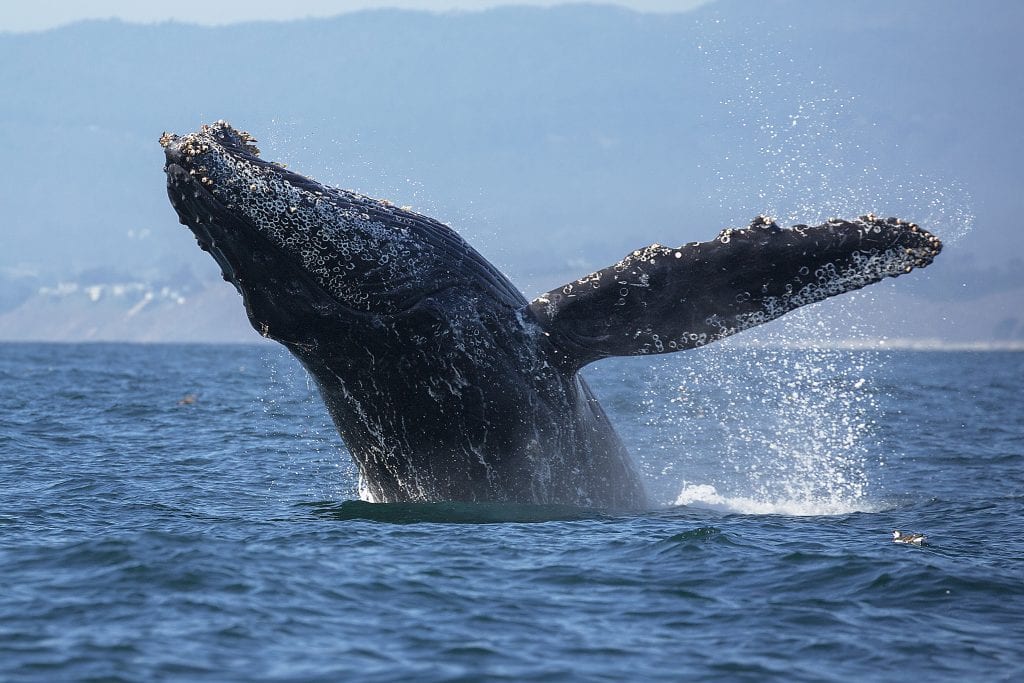Amazing Ocean Relationships
We all have to get along with people who live around us in our communities at home, in our neighbourhoods and at our places of work.
Sometimes it may be difficult because of cultural and recreational differences.
Most people cultivate special and regular relationships with other individuals (our family and friends).
Many people also have close relationships with certain animals (our pets).
Did you know that animals in the ocean have developed relationships between different species too? Usually the animals benefit from their relationship, but not always.
Symbiosis is the name used for inter-species relationships and there are three different types.
Mutualism is used to describe the relationship where two species both benefit. One example of this is the relationship between the clownfish and sea anemone.
The clownfish makes its home among the stinging tentacles of the sea anemone. Its skin is coated in a layer of mucus that is up to four times thicker than other fish. This mucus protects it from being stung by the stinging cells (nematocysts) on the tentacles of the anemone. The anemone appears to distinguish the clownfish from other fish and rarely tries to sting it. The clownfish benefits from this relationship because it can hide from its predators between the tentacles and it scavenges on food that the anemone fails to finish. The anemone benefits from this relationship because the clownfish chases fish away that predate on the anemone. Waste ammonia excreted by the clownfish is an important nutrient for the anemone. Some scientists believe that the movements of the fish help aerate the water near the anemone, increasing its respiration. Clownfish also eat parasites that cling to the anemone.
Another example of mutualism can be seen with the Leopard shark and remora fish that swim next to it, sometimes attached to the body.
The remoras swim very close to the sharks, feeding off scraps of food dropped by the shark and also gaining some protection from predators. The remora removes parasites from the shark’s skin and even inside the mouth, which benefits the shark.
Commensalism is when two species live together but one benefits while the other is unharmed or helped. An example of this relationship is seen with the humpback whale and the barnacle.
Humpback whales are filter feeders so they will continually swim through clouds of planktonic organisms in the sea. Barnacles attach to the whale’s skin and benefit from an easy source of planktonic food drifting into their feathery filters as the whale swims. The whale is not harmed or helped by the barnacles that are permanently attached to their thick, tough skin.
Parasitism is when two species live together but only one benefits and in the process, harms the other (the host), for example, the Greenland shark and copepod.
The tagging of this juvenile Greenland shark revealed a copepod parasite on its eye. Video © Julius Nielsen
The tiny pale copepod is a crustacean related to sea lice and crabs. It attaches permanently to the cornea of the shark’s eye and feeds on the tissue. It is thought that this might impair the vision of the shark. The Greenland shark lives in deep water where there is minimal light so scientists believe it can rely on other senses to get around and find prey.




